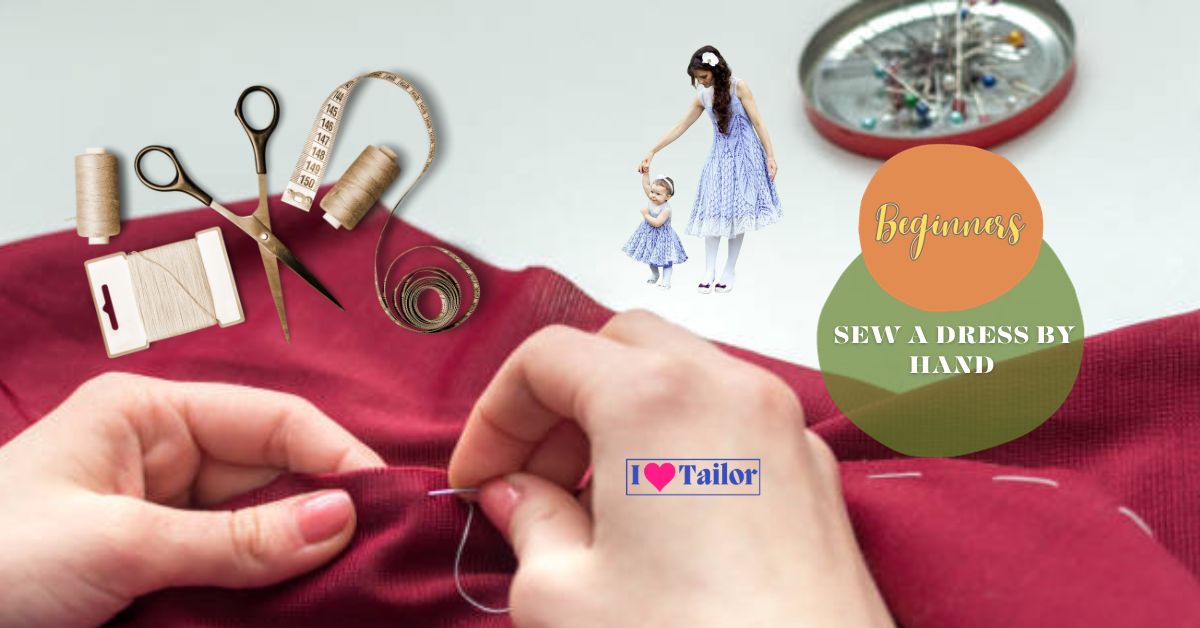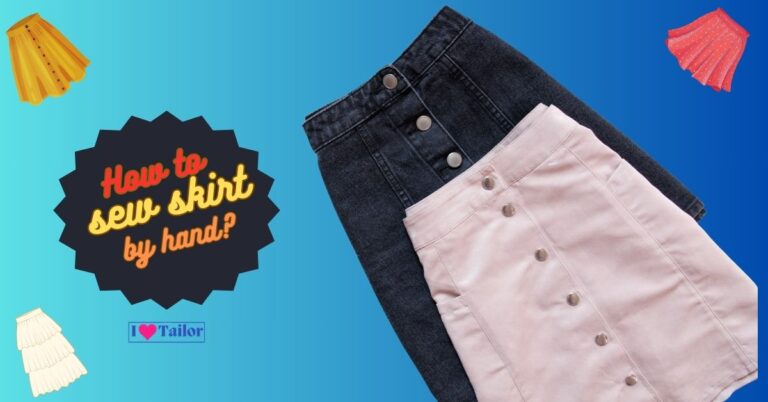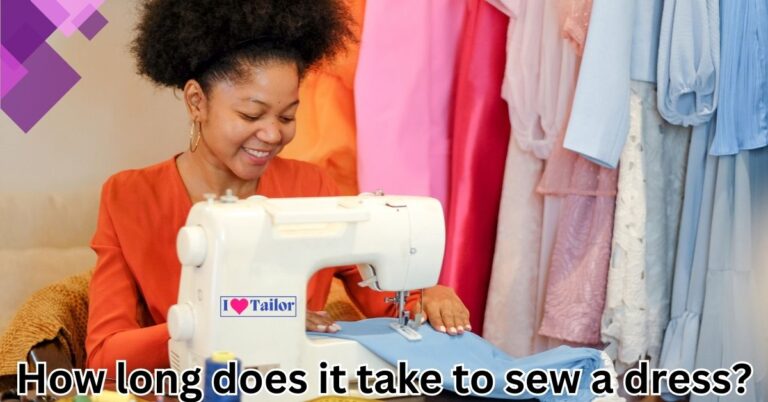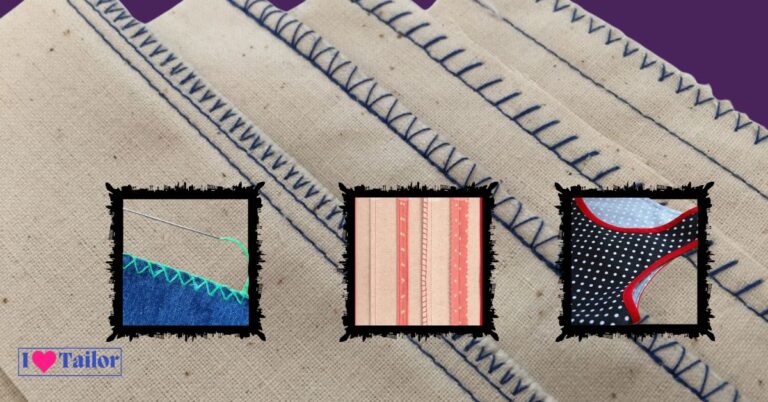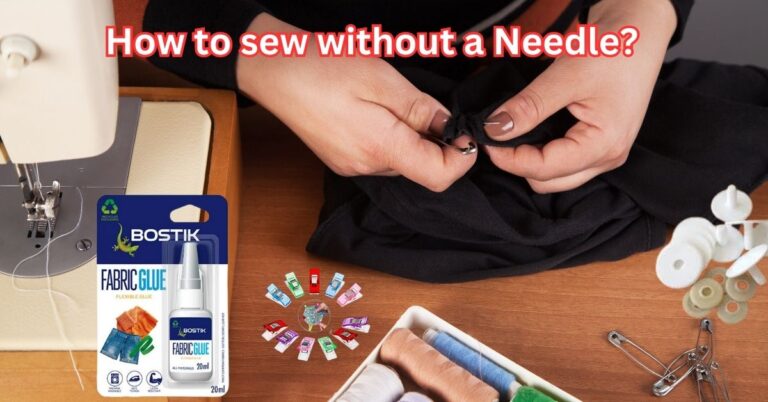How to sew a dress by hand for beginners?
It can seem difficult to make clothing with just a needle and thread. However, with the appropriate guidance, even newcomers can make a lovely gown by hand. Read on if you’re interested in learning “how to sew a dress by hand for beginners” or if you frequently find yourself wondering how to do this time-honored skill. This manual will explain “how to sew a dress by hand for beginners” and assist you in beginning your sewing journey.
Material required
To sew a dress by hand for beginners, you will need the following materials:
- Fabric
- Thread
- Needles
- Scissors
- Pins
- Measuring tape
- Seam ripper (optional)
You can find simple dress patterns online or in sewing books. Once you have chosen a pattern, follow the instructions to cut out your fabric pieces.
Also read: How to sew clothes with a sewing machine?
Beginner’s Manual on Hand-Sewing a Dress: Detailed Instructions
Understanding the Basics
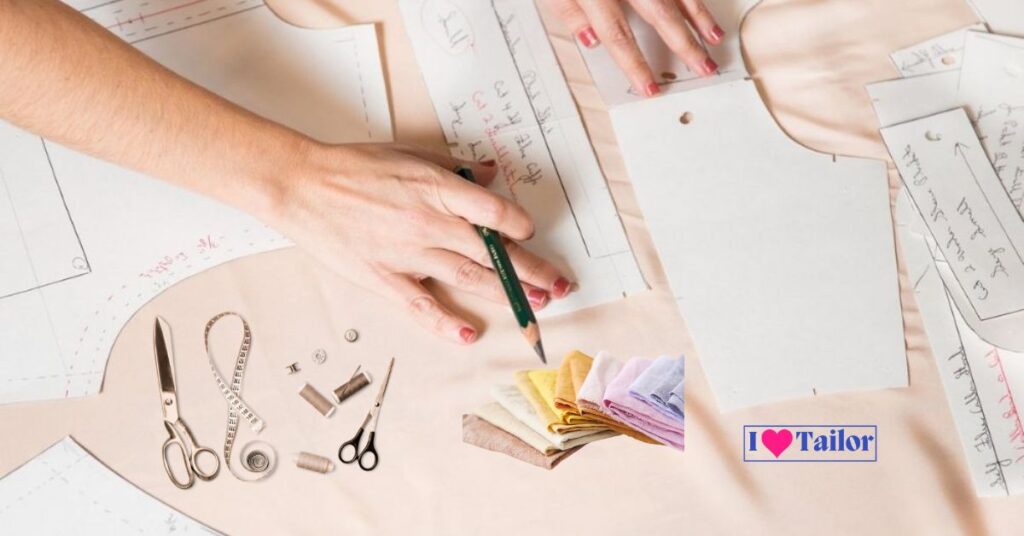
Embarking on your hand-sewing adventure necessitates a foundational understanding of certain principles:
- Fabric Selection: For novices, fabrics like cotton or polyester are ideal because they’re more user-friendly compared to materials that are slick or elastic.
- Assembling Essential Tools: Equip yourself with essential tools such as sharp cutting scissors, sewing pins, a hand-sewing needle, and a thread complementing your fabric’s hue. Additionally, a straightedge and marking chalk might come in handy for precise measurements.
- Choosing a Pattern: For beginners, it’s best to start with a simple dress pattern. There are many beginner patterns available online or at local fabric stores.
How to Sew a Dress by Hand for Beginners: A Step-by-Step Guide
1. Preparing the Fabric
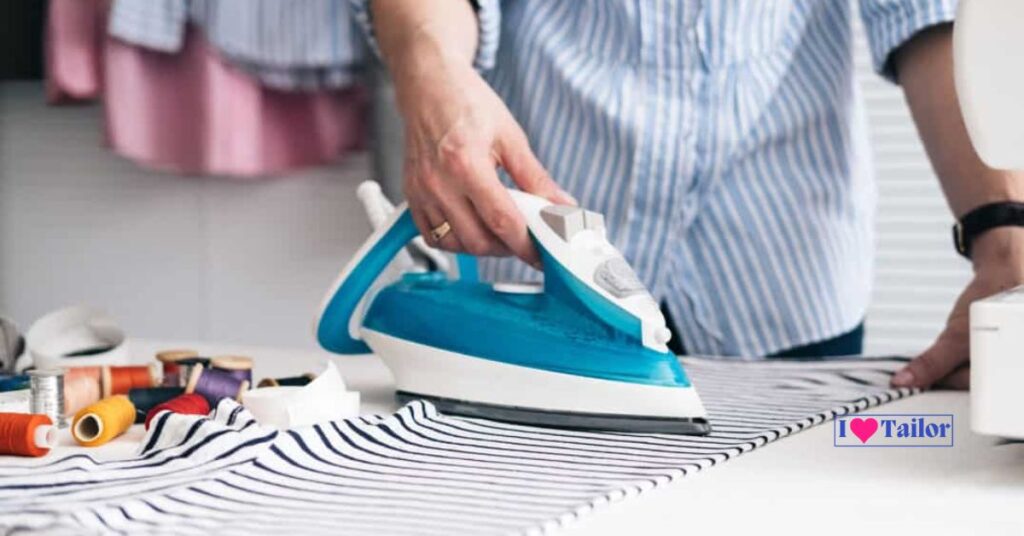
Before initiating the sewing process, it’s crucial to launder and press the fabric. This step eradicates potential shrinkage, ensuring you commence on a pristine and even base.
2. Cutting the pattern
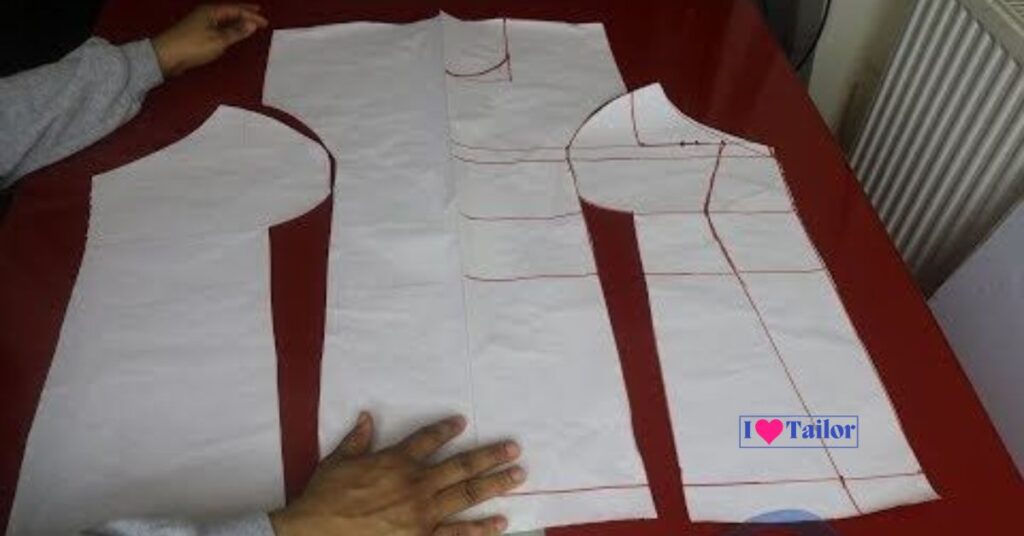
Lay your fabric flat on a table and place the dress pattern on top. Use pins to secure the pattern to the fabric. Carefully cut around the pattern with sharp scissors.
3. Pinning and stitching
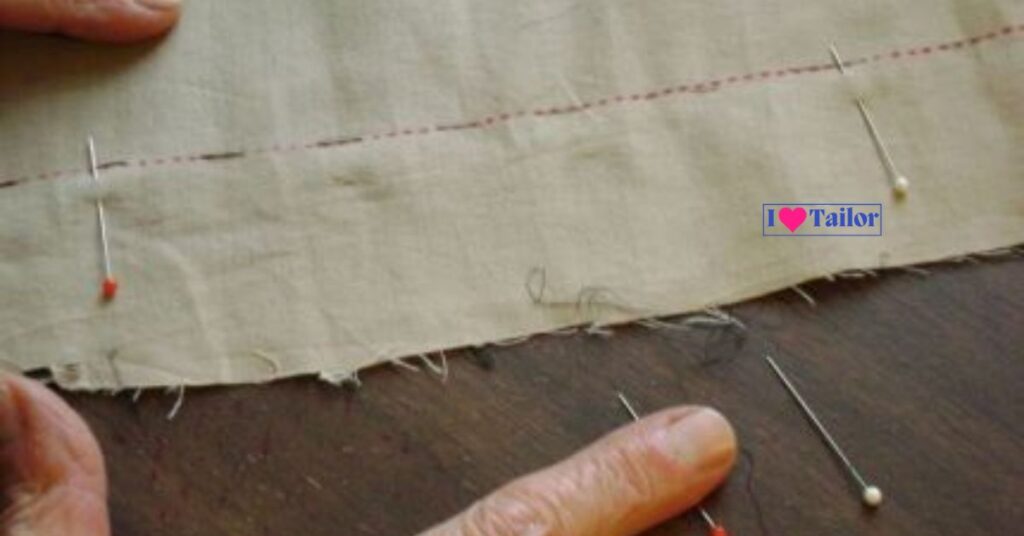
With the right sides of the fabric facing each other, align the pieces according to the pattern’s instructions. Use pins to hold them together. Begin sewing with a basic running stitch. Remember, consistency is key! Try to keep your stitches even in length.
4. Hemming
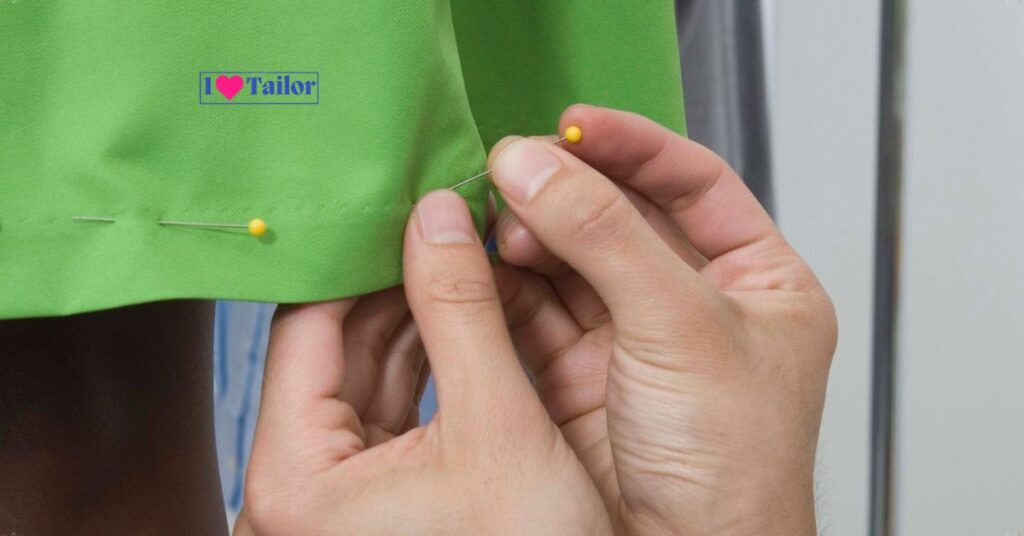
Once you’ve sewn the pieces together, you’ll want to create a neat finish at the bottom of the dress. Turn up the bottom edge (usually about 1/2 inch) and pin it in place. Then, using a slip stitch or a blind hem stitch, sew the hem by hand.
5. Adding finishing touches
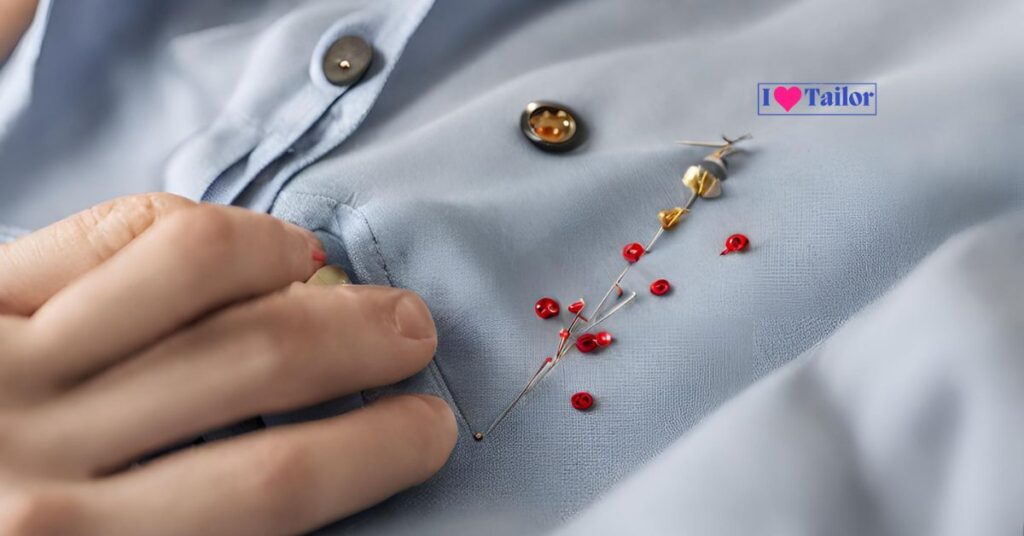
You can enhance your dress by adding pockets, buttons, or embellishments. Remember, these additional steps can be challenging, so it’s okay to skip them if you’re just starting.
6. Trying on and Making Adjustments

Once you’ve completed your dress, try it on! See how it fits and make any necessary adjustments. Hand-stitched garments provide the advantage of easy modifications. Simply unpick any stitches that need reworking and adjust as needed.
Two main methods of sewing a dress by hand for beginners
There are two main methods of sewing a dress by hand for beginners: the running stitch and the backstitch.
Straight Stitch
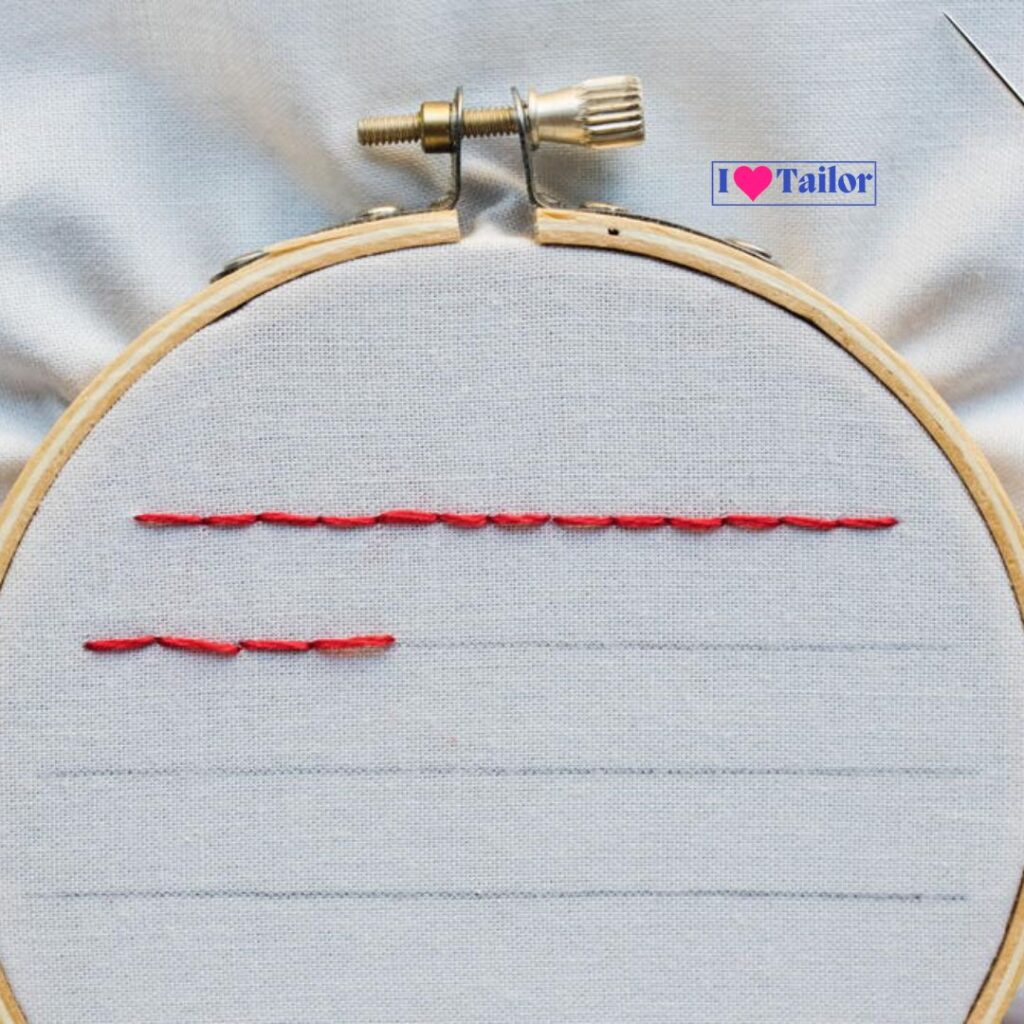
The straight stitch is a basic sewing technique utilized to join two fabric pieces. While it’s not as robust as the reverse stitch, its simplicity makes it quicker and more straightforward to execute. For a straight stitch, pierce the needle from the fabric’s surface to its underside and draw out the thread. Next, re-enter the needle approximately 1/4 inch from the prior stitch and draw it out again. Keep this pattern going until the seam is complete.
Backstitch

What clothes can we stitch by hand?
You can stitch almost any type of clothing by hand, including:
- Dresses
- Skirts
- Blouses
- Shirts
- Pants
- Shorts
- Jackets
- Coats
- Swimsuits
- Underwear
- Sleepwear
- Accessories, such as scarves, hats, and gloves
FAQs
What’s the best type of fabric for a beginner to start with?
Cotton or polyester is recommended for beginners. They’re easier to handle and not as slippery as some other fabrics.
How do I choose the right needle for hand-sewing a dress?
For most fabrics, a medium-length needle with a sharp point, known as a “sharps” needle, is ideal. If you’re working with heavier fabrics, consider a stronger needle
How do I ensure my stitches are even and consistent?
Practice makes perfect. Start by marking even intervals on a scrap piece of fabric using tailor’s chalk and practicing your stitches. With time, you’ll be able to maintain consistency without marking.
My hand-sewn dress feels too tight or loose. How do I adjust it?
Hand-sewn garments are easier to adjust. If it’s too tight, find areas where you can let out the seams a bit. If too loose, take in the seams. Always try on your dress and make pin adjustments before sewing to ensure a good fit.
Conclusion
Embarking on the journey of “how to sew a dress by hand for beginners” might appear daunting initially. However, with proper direction and a dash of determination, this timeless craft is within everyone’s grasp. Hand-stitching provides an intimate bond with the fabric, a connection that machines often can’t match. As novices advance in their skills, they not only learn a treasured talent but also experience the pleasure of crafting something distinctly personal.
So, to all the budding sewists: pick up your needle and thread and dive into the enchanting world of hand-sewing. A universe of bespoke fashion beckons!
Thanks!

